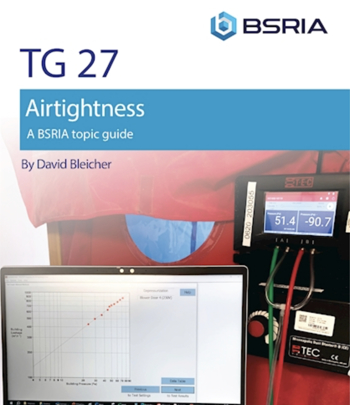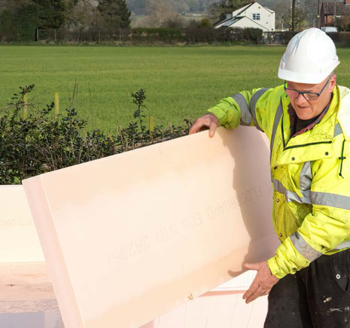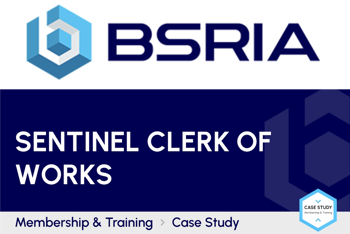About Richard Anthony Johnson
Experienced, passionate engineer
A Consulting Civil and Structural Engineer, practicing in the Fens, North Cambridge, Norfolk and Lincolnshire. I've specialised in residential propeties, particularly traditional structures and seem to do a lot of Barn conversions and victorian/ georgian propeties- probably because of being based in prime farmland, which historically would have been wealthy during the 19th and early 20th century.
Personal favourites include designing for the older buildings, particularly restorations or conversions. Having had hands on experience, I've got good grounding in NHL, putty and slaked limes, their uses in mortars, renders and plasters. I have a good understanding of breathabillity, cold bridging and structures with solid masonry walls, have extensive experience in underpinning works, preventing differential settlement due to structural alterations and determining the root cause of movement in buildngs. I'm experienced in designing with timber for beams, columns, posts, floor joists, rafters, stud walls and racking walls. I've designed oak King Post, Queen and Fan trusses, hand cut purlin roofs (even resolving forces correctly!) and lots of roofs for Orangeries.
I know my way around structural steelwork design, inluding their connections, welding, grade strengths and finishes. I've managed to produce structural designs for historic buildings in and around the Fens, working in Wisbech, Downham Market and Kings Lynn. I've even worked breifly on The Bishop's Palace at Ely cathedral. Currently, Im consulting on a project for a 13th century Church over near Huntingdon.
My background includes post graduate specialism in Concete and I design raft foundations, beams columns, slabs and piled foundations. The great thing about the Fens is that there's no true bedrock so piled foundations have to be skin friction, rather than end bearing.
The bad side about the fens is the poor soil conditions- it used to be marshland and before that, an estuary- or the inlet to the sea at least! That mans that pretty much every project needs a geotechnical survey so I've become quite conversant at geology over the years and have a good grounding in foundations, shrinkable soils, volume change potential, Atterberg limits (Pasticity index), sulphates in CLAYs and building on PEAT. Specifying the type of foundations and the grade concete for the foundations is pretty straight forward once all those aspects are known.
Featured articles and news
Construction Skills Mission Board launch sector drive
Newly formed government and industry collaboration set strategy for recruiting an additional 100,000 construction workers a year.
New Architects Code comes into effect in September 2025
ARB Architects Code of Conduct and Practice available with ongoing consultation regarding guidance.
Welsh Skills Body (Medr) launches ambitious plan
The new skills body brings together funding and regulation of tertiary education and research for the devolved nation.
Paul Gandy FCIOB announced as next CIOB President
Former Tilbury Douglas CEO takes helm.
UK Infrastructure: A 10 Year Strategy. In brief with reactions
With the National Infrastructure and Service Transformation Authority (NISTA).
Ebenezer Howard: inventor of the garden city. Book review.
The Grenfell Tower fire, eight years on
A time to pause and reflect as Dubai tower block fire reported just before anniversary.
Airtightness Topic Guide BSRIA TG 27/2025
Explaining the basics of airtightness, what it is, why it's important, when it's required and how it's carried out.
Construction contract awards hit lowest point of 2025
Plummeting for second consecutive month, intensifying concerns for housing and infrastructure goals.
Understanding Mental Health in the Built Environment 2025
Examining the state of mental health in construction, shedding light on levels of stress, anxiety and depression.
The benefits of engaging with insulation manufacturers
When considering ground floor constructions.
Lighting Industry endorses Blueprint for Electrification
The Lighting Industry Association fully supports the ECA Blueprint as a timely, urgent call to action.
BSRIA Sentinel Clerk of Works Training Case Study
Strengthening expertise to enhance service delivery with integrated cutting-edge industry knowledge.
Impact report from the Supply Chain Sustainability School
Free sustainability skills, training and support delivered to thousands of UK companies to help cut carbon.
The Building Safety Forum at the Installershow 2025
With speakers confirmed for 24 June as part of Building Safety Week.
The UK’s largest air pollution campaign.
Future Homes Standard, now includes solar, but what else?
Will the new standard, due to in the Autumn, go far enough in terms of performance ?
BSRIA Briefing: Cleaner Air, Better tomorrow
A look back at issues relating to inside and outside air quality, discussed during the BSRIA briefing in 2023.
Restoring Abbotsford's hothouse
Bringing the writer Walter Scott's garden to life.
Reflections on the spending review with CIAT.

























